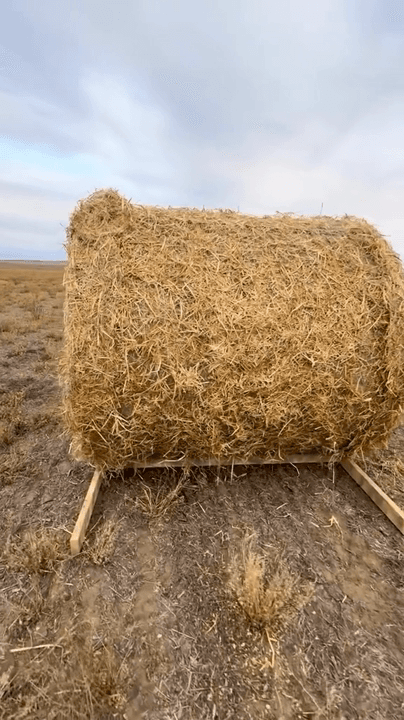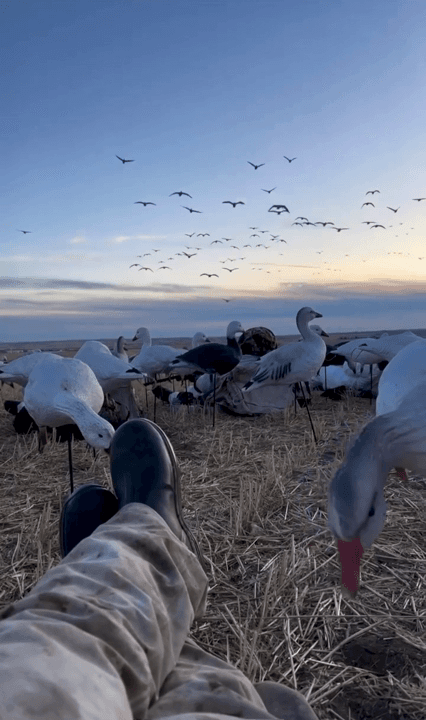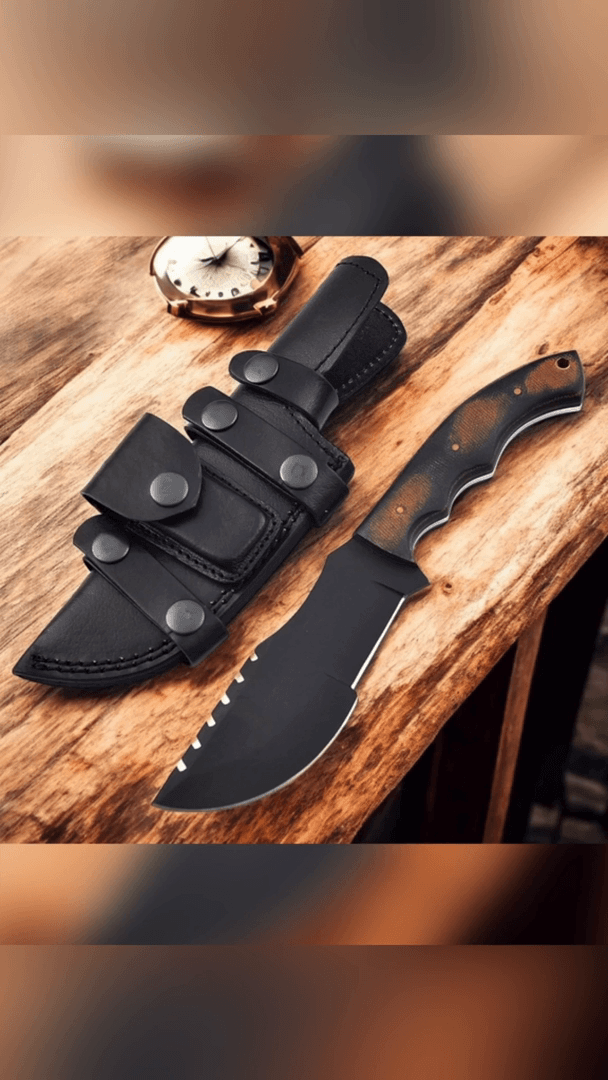
Oyster hunting and sorting in 19th-century France was an essential maritime and culinary practice that reflected both the country’s deep gastronomic traditions and the evolving dynamics of coastal economies. While the term “oyster hunting” may evoke images of wild foraging, in reality, oyster production during this period was increasingly a blend of traditional harvesting, early aquaculture techniques, and organized labor—especially along the Atlantic coast and in regions like Normandy, Brittany, and the Marennes-Oléron basin. Oyster Harvesting: From Hunting to Cultivation In the early 1800s, oysters were still largely gathered from natural beds in intertidal zones, estuaries, and shallow coastal waters. Fishermen and oyster gatherers—known as *pêcheurs d’huîtres* or *parqueurs*—would wade or use flat-bottomed boats at low tide to collect oysters from rocky shores and muddy flats. This labor-intensive work required knowledge of tides, seasons, and local ecosystems. However, overharvesting and environmental pressures led to the depletion of natural oyster populations by the mid-19th century. In response, the French began to adopt and refine *cultivation* methods. The *parc method*, which involved enclosing tidal areas with stone walls or wooden stakes to create controlled oyster parks (*parcs à huîtres*), became widespread, particularly in Marennes and Oléron. These parks allowed oyster farmers to manage growth, protect stocks from predators, and improve quality. Another innovation was the practice of *repiquage*, introduced in the 1860s, which involved transplanting young oysters (spat) from nursery areas to richer, muddy canals known as *claires*. These shallow, algae-rich ponds gave the oysters their distinctive greenish hue (due to the presence of *Navicula ostrearia* microalgae) and enhanced flavor, producing the famed *huîtres vertes de Claire*. Sorting and Classification: A Delicate Craft Once harvested, oysters underwent a meticulous process of sorting and grading—a crucial step that determined their market value and destination. Sorting was typically done by hand, often by women and children in coastal villages, who would sit by the docks or in small processing sheds. Oysters were cleaned of mud, barnacles, and seaweed using stiff brushes and seawater. Then, they were sorted by size, shape, and quality. The classification system varied by region but generally included categories such as: - *Fine* (small, delicate oysters ideal for raw consumption) - *Spéciale* (larger, meatier oysters) - *Plate* (flat oysters, often native *Ostrea edulis*) - *Creuse* (the more common cupped Pacific oyster, though introduced later) Sorting also involved assessing freshness and shell integrity. Damaged or open oysters were discarded. The best specimens were packed in seaweed or wooden crates for transport to markets, often destined for Parisian fishmongers and elite restaurants. The Rise of the Oyster Trade and Urban Demand The 19th century saw a dramatic increase in oyster consumption, fueled by urbanization, improved transportation (especially the expansion of railways), and the growing popularity of oysters as a symbol of French culinary refinement. Paris, in particular, developed an insatiable appetite for oysters. By the 1880s, millions of oysters were consumed annually in the capital alone. Oyster bars (*huîtreries*) sprang up across Paris, serving freshly shucked oysters to all social classes. The oyster had become democratized—once a food of the poor, then a luxury item, and now a popular treat enjoyed by both bourgeoisie and working-class Parisians. Social and Economic Impact Oyster farming and sorting provided livelihoods for thousands in coastal communities. Entire villages revolved around the oyster trade, with seasonal rhythms dictating work from spat collection in spring to harvest in autumn and winter. However, labor was often difficult and poorly paid, particularly for women and children involved in sorting and shucking. The state also became involved, regulating oyster beds and supporting research into sustainable cultivation. In 1858, the French government established the *Commission des parciers* to oversee oyster farming practices, and marine research stations were created to study oyster reproduction and disease. Oyster hunting legacy By the end of the 19th century, France had established itself as a leader in oyster cultivation and gastronomy. The methods developed during this period—especially the *claire* aging system—remain central to French oyster production today. Oyster hunting, though no longer a matter of foraging wild beds, evolved into a sophisticated aquaculture industry rooted in tradition, craftsmanship, and regional pride. In sum, oyster hunting and sorting in 19th-century France was far more than a subsistence activity; it was a vital economic enterprise and cultural institution that bridged the sea and the city, nature and refinement, labor and luxury. It exemplified how a humble shellfish could become a national symbol of taste, terroir, and technical ingenuity. Cancale, the Oyster Capital of France in Retro Photographs 1901
Post: 12 August 23:31
















































